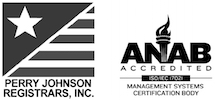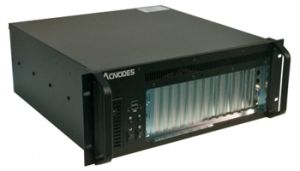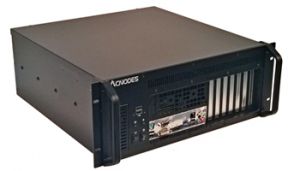Front Access IO Rackmount Computer
Front Access IO Rackmount Computer
-
- 4U high rackmount computer
- 17.8 inch short depth rack chassis
- Core i processor
- Single board computer
- 14 slot PCIe / PCI / ISA backplane
- Front access interface I/O port & expansion slot
- 1 x slim-type drive bay and 3.5 inch open drive bay
- 350W PS/2 type power supply
-
- 4U high rackmount computer
- 17.6 inch depth rack chassis
- Intel Pentium Gold 6400
- Option for 10th gen. Core i CPU
- Standard ATX motherboard
- Front interface I/O ports
- Front access 6 x PCI / PCIe expansion slots
- 400W PS/2 type power supply
REFERENCE
Rackmount Computers with Front Accessible Server
Primarily intended for use in industrial settings, the advantages of durability and economical use of space become highly desirable features when it comes to looking for a computer. Because these rackmount computers are stackable, there is more room for added servers to be placed on top of each other while saving space. These computers are great for various reasons, but it is perfect for coping with tough conditions like continuous use in dirt and outdoor conditions. Constructed of heavy-duty steel chassis, these rackmount computers have increased durability and resistance against industrial contaminants such as water, dirt, oil, and grease. Rackmount computers can be the ideal workstation because the open slots could be used for one or more high-end video cards. Most of these units can now be configured to come with a 14-slot backplane and industry-grade single-board computer, which typically gives you a selection and variety of slots to choose from. These compact-sized units come with plenty of room for expansion cards, making it a good choice for your stand-alone, data acquisition, controlling, and monitoring systems.
How To Identify PCI Express Vs PCI Expansion Slot?
PCI, Peripheral Component Interconnect, is a form of internal data bus for connecting or injecting peripheral devices into a computer. PCI is a general-purpose connection standard designed to support multiple devices of various kinds, including graphics hardware, audio hardware, network hardware, and such. PCIe, or PCI Express, is an interface for connecting high-speed devices to computers. The software is compatible with PCI but has greater potential bandwidth and larger flexibility than PCI. PCIe is used for internal Wi-Fi cards, 10 Gigabit Ethernet cards, hard drives, and Solid State Drives (SSDs).






